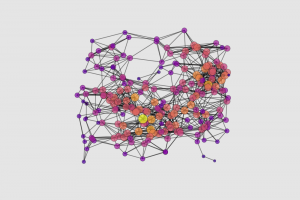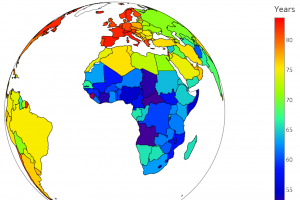Beyond the Textbook
These tutorials are covering practical applications of image processing algorithms, tomography and machine learning.
Free resources for coding enthusiasts.
Pydingo neutron CT reconstruction software

A short introduction to our neutron CT reconstruction software developed for the Dingo instrument at the Australian Centre for Neutron Scattering (ANSTO).
Comparison of tomography reconstruction techniques

An overview of different types of tomography reconstruction algorithms, their strengths and pitfalls when it comes to reconstructing tomography data.
3D network graphs with Python and the mplot3d toolkit

A worked example of a 3D network graph using Networkx and the mplot3d toolkit of Matplotlib in Python.
Interactive choropleth maps with Plotly for Python

Learn how to make stunning interactive choropleth maps using Plotly for Python.
Revealing interactive scatter plots with Plotly for Python

Scatter plots are very powerful at visualising correlations of 2D data. Learn how to build a revealing interactive scatter plots with Plotly for Python.
Animated 3D graphs with Matplotlib mplot3d toolkit

A worked example of a simple animated 3D scatter plot using the mplot3d toolkit of Matplotlib in Python.
GPU accelerated FFT compatible with Numpy

GPU accelerated FFT and IFFT functions using Python and pycuda, designed to be fully compatible with the corresponding Numpy functions.
Unsharp masking with Python and OpenCV

How does unsharp masking work? And how we can sharpen or blur images? Here’s a short tutorial on unsharp masking with Python and OpenCV.
Time-lapse photography with Python and OpenCV

A simple example of time-lapse photography using a USB camera driven by OpenCV in Python.
Quantitative porosity analysis of volumetric data

Extract the quantitative porosity distribution from volumetric data of porous samples.
Segmentation using k-means clustering in Python

Segmentation is used for feature extraction in images and volumes. In this post we discuss how to segment an image using k-means clustering.